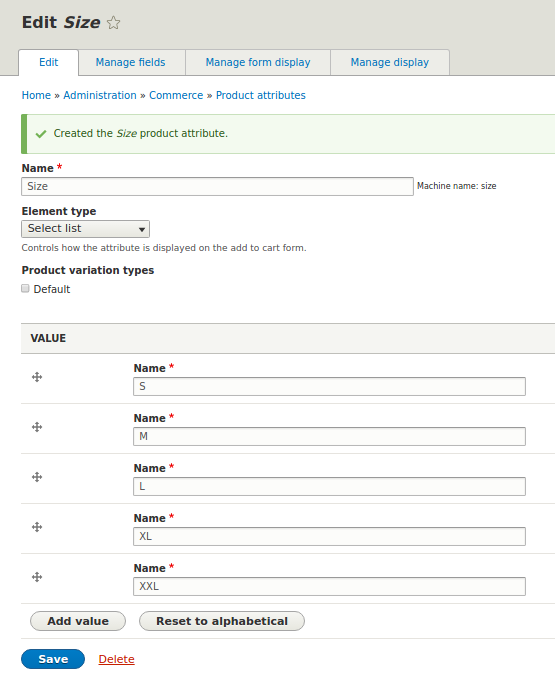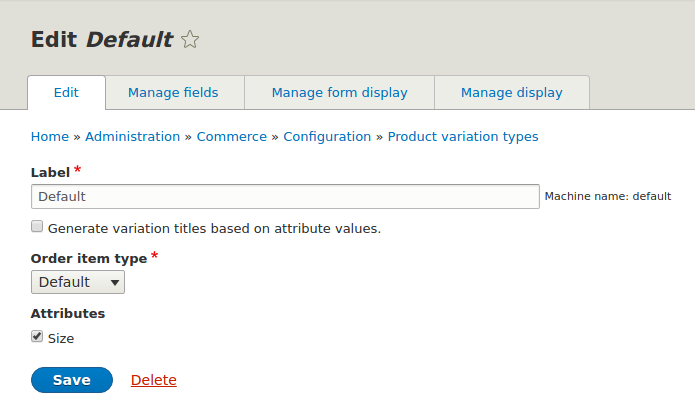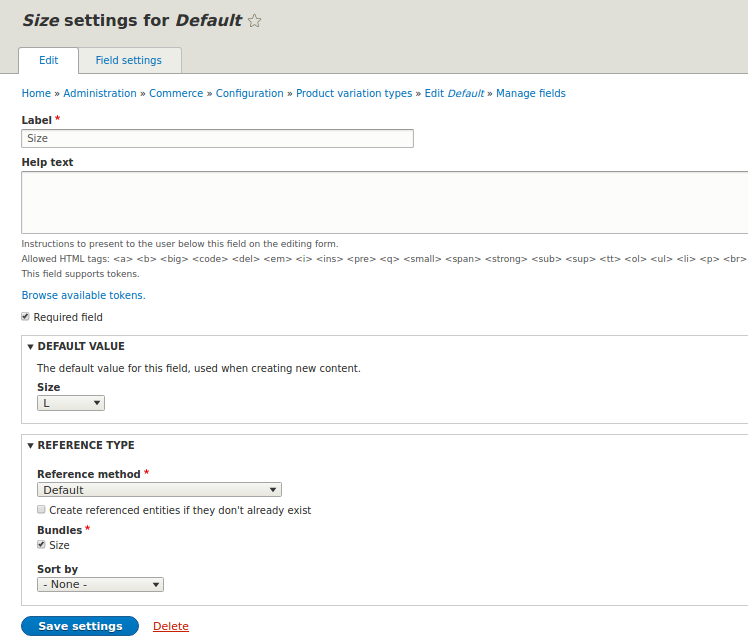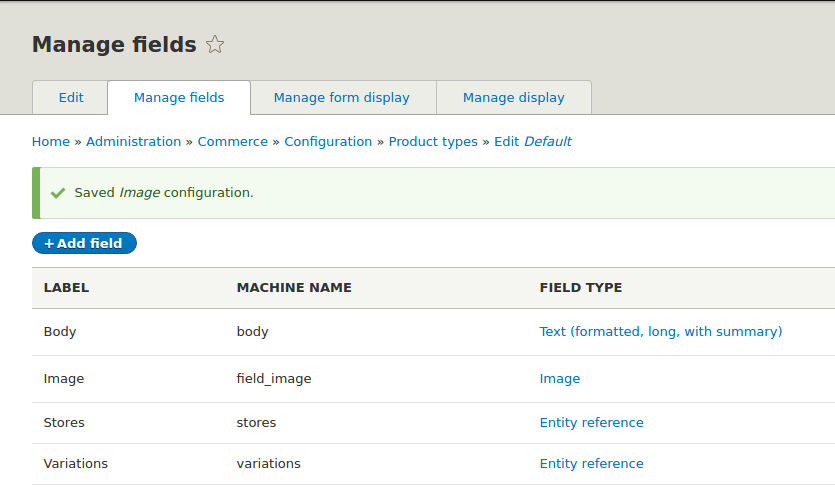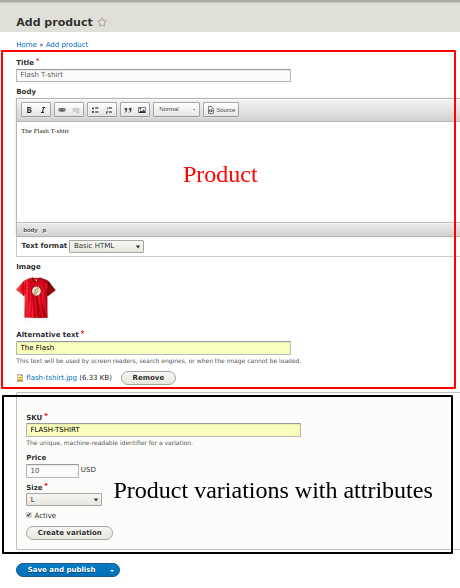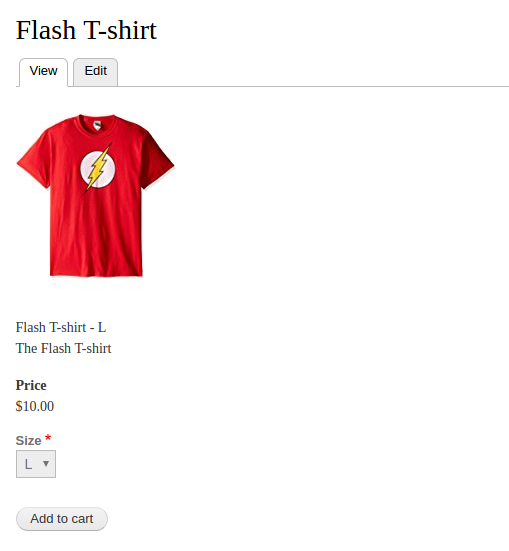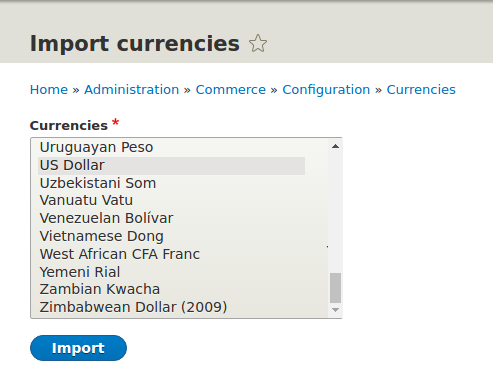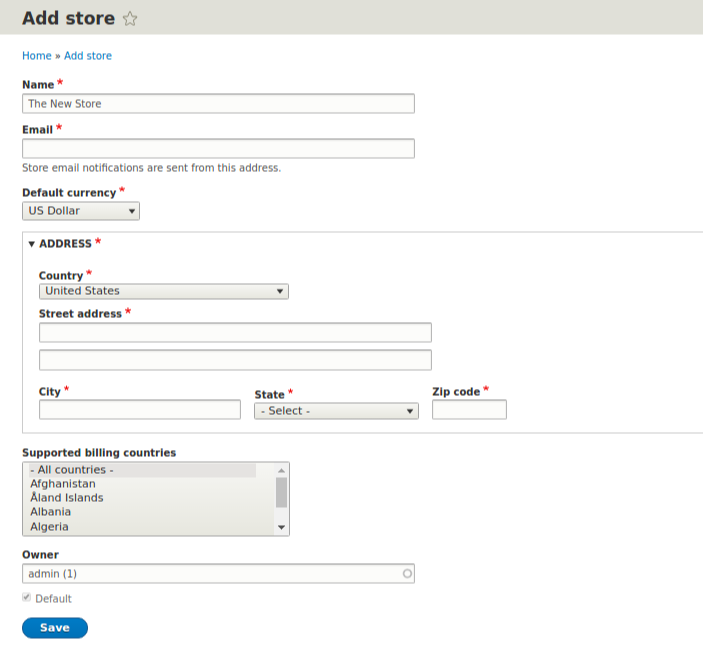How can a good Project Management ensure happy Drupal project delivery?
There is no tools or modules available for Drupal project management in drupal.org. It's all about your men and how you manage them. A few weeks back my colleague wrote about ‘How to set the right expectations for project delivery?’.
I am a Drupal Project Manager and in this blog, I have written about the ways I manage a Drupal Project.
Let’s list down the core objectives of any project manager
A Drupal project is not something out of the world but a project which has focused Drupal development and maintenance tasks.
The main objectives are:
- To Stay On Budget
- Finish On-Time
- Stay In-Scope
- Create Quality
But when it come to Drupal Project Management then these core objectives changes
Managing a Drupal Project
Involve your team in the planning and preparation process. This will enable you and your team to know how long things are going to take. You’ll be able to identify conditions and interdependencies. And after all, your team is based on Drupal expertise.
Include your team members while you are discussing the project, you also gain needed perspectives for architecture, development, and quality assurance, whether to create a module, whether to update, what components to take and what to drop.
What to do as a manager?
Drupal project manager starts with creating a healthy team atmosphere, one in which everyone will bloom. Do remember that you represent the whole team when you face the client.
How will you allocate resources?
As a Drupal project manager we need to keep stakeholders happy and your Drupal developers busy. To ensure this, you must make sure to allocate resources and reduce drainage. The requirements and scope updates coming from client end are a good thing.
Changes are inescapable in a project, and you need to find that balance between maintaining flexibility and assessing risk
Do take a stand regarding changes(suggested by the client) to do now or later; ask yourself are these changes for the right product needed?
How to make stuff work?
If you were a Drupal developer who is now a Drupal project manager: Don’t get involved in the coding. You can sure do get into the nitty gritty but that is not preferred. You are not to be obsessing over every line of codes. That is what your team is for. Let them do their job.
Don’t be afraid to get feedback from team members, stakeholders, or anybody else.
Admitting mistakes and accepting constructive criticism is leading by example. The rest of your team makes them, and so do you. Making the project about your pride is never a good idea. Feedback helps you become better than you were yesterday. How else can you expect to become otherwise?
How do you manage your time?
Maintaining a daily and a weekly objective list might come off as pretty silly in today’s world, but it works. This isn’t just a to-do list it’s a motivator. Marking items as done will create satisfaction and maintain drive.
It's advice that you should first manage your own time and then others because you’re not only managing your time but everyone else too.
Almost everything can be broken down into small tasks, and that’s good news. Even the most complex projects are a mass of small tasks. Set targets and then break that into smaller entities. These could be weekly objectives and goals
Talk Talk Talk - Communicate
If there’s a delay, early communication with stakeholders is best. Client communications maintaining high levels of trust will increase confidence in the project team and ensure a smoother project flow.
I cannot stress more on the importance of this. Talk. That solves half the troubles. If your team is able to let you know about bottlenecks, you could at least make sure that is attended to.
Bonding with your colleagues is important. Being sure you take time out of your day to ask them about themselves is a must.
Drupal project management isn’t just a career it’s a mindset. I find myself addressing everything as a project. We put a lot of emphasis on client communication and stress on the details, that way it ensures we set the right expectations for a project delivery.
We create high-end experiences in Drupal for Media and Publishing, Hi - Tech and Pharma, all of these for a global clientele while ensuring the right tracks for handling a project.






